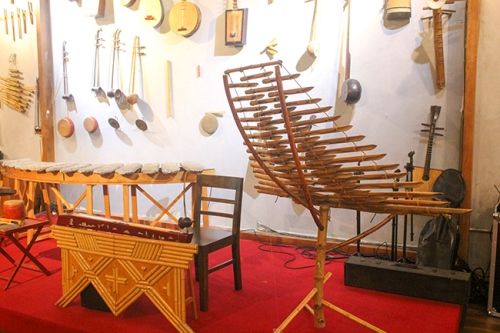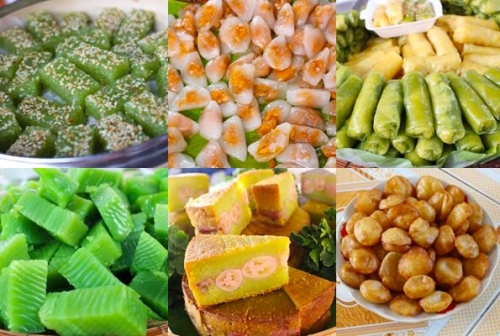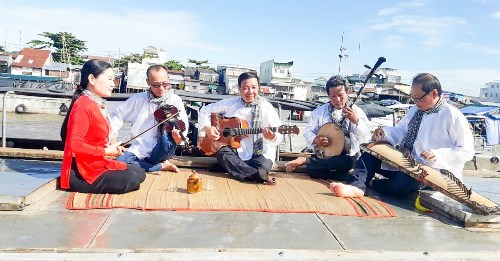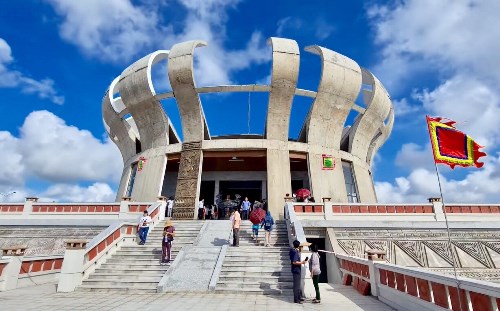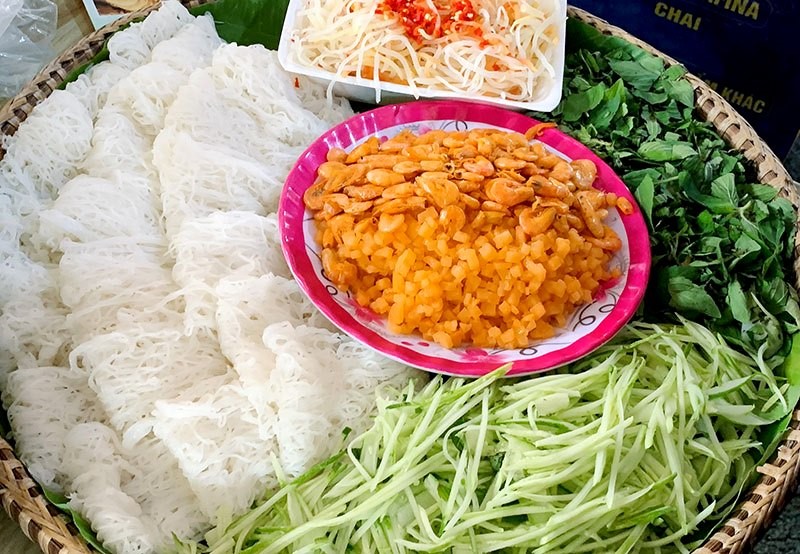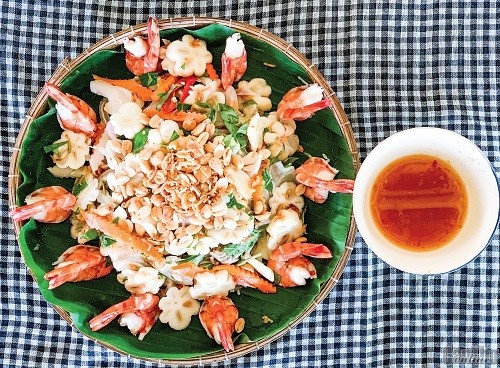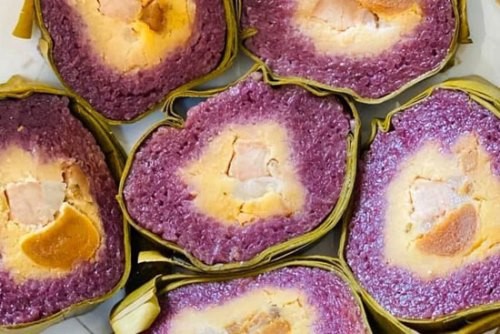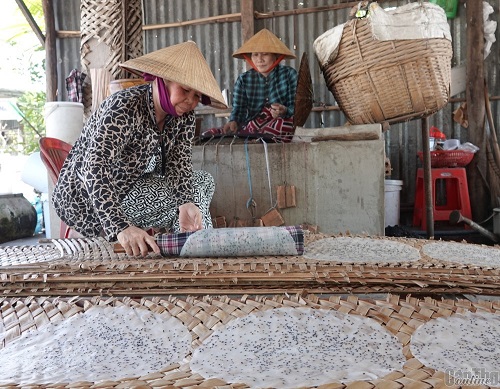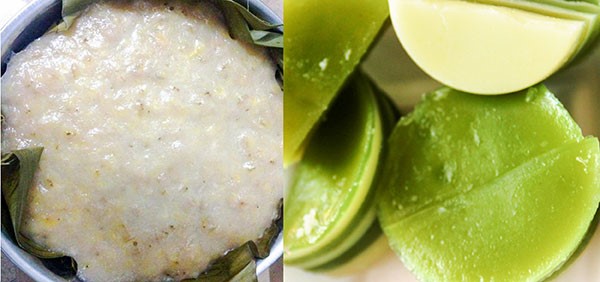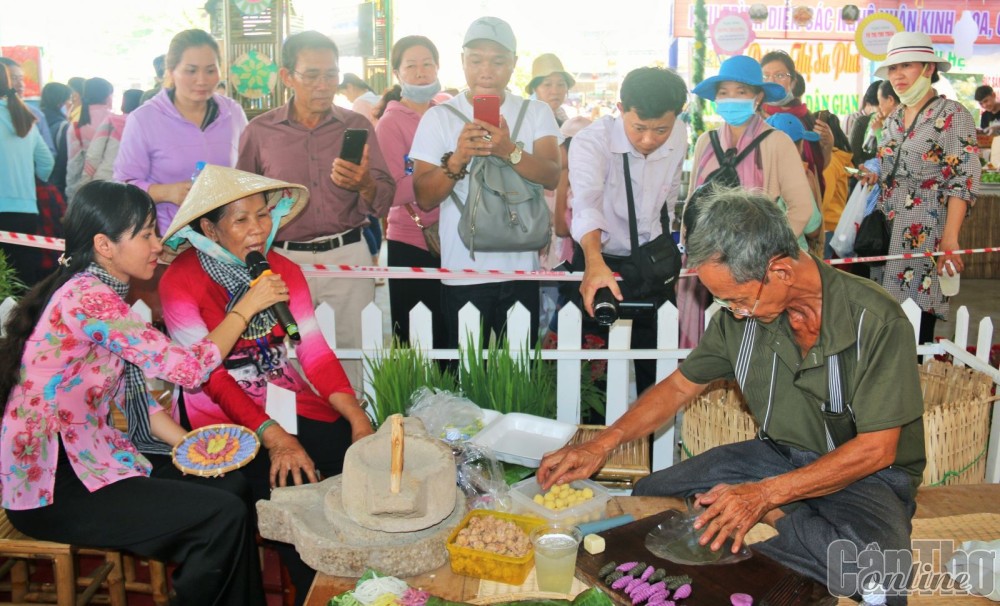
Orientation for green tourism development
UN Tourism recognizes tourism development towards green growth as an essential path for the industry. This is because tourists are increasingly concerned about environmental protection when traveling. For instance, research by Trip Advisor has shown that 34% of tourists are willing to pay more to stay in environmentally-friendly hotels, while 50% of international tourists are willing to pay more for sustainable travel companies that engage in local community and nature conservation activities. Green tourism development plays a crucial role in protecting the environment, preserving resources, and bringing new value to tourism products, thereby improving economic efficiency and sustainable tourism exploitation.
Vietnam has put forward several proposals to determine the significance of tourism development towards green growth. In particular, the Prime Minister has approved the Strategy for tourism development for Vietnam by 2030, as stated in Decision No 147/QD-TTg dated January 22, 2020. The strategy identifies various aspects of tourism development towards green growth. These include sustainable and inclusive tourism development with a focus on green growth. Moreover, the strategy aims to maximize the contribution of tourism towards the United Nations' sustainable development goals. It also emphasizes the need to manage and use natural resources effectively, protect the environment and biodiversity, adapt proactively to climate change, and ensure national defense and security. Additionally, the government has issued the National Strategy and National Action Plan on green growth for the 2021-2030 period, with a vision to 2050. The key tasks identified in this plan are reducing greenhouse gas emissions, promoting the use of clean and renewable energy, greening production, and promoting a green lifestyle and sustainable consumption.
The development of green tourism and responsible tourism is a global trend, and it is also an essential direction for Vietnamese tourism to meet the development requirements and ensure proper implementation of the strategic development direction. Therefore, many regions are currently constructing and implementing green tourism models.
Green tourism models in Mekong Delta
The Mekong Delta has a lot of potential for green tourism. This region is rich in diverse resources such as rivers, gardens, fruits, and agricultural and aquatic products, which contribute to its civilized identity. However, it also faces many challenges, particularly the impacts of climate change. In response, many localities, businesses, and individuals in the region are developing creative models like combining agriculture and tourism to adapt to these challenges. The nature tourism model at Chim Islet in Tra Vinh province, which is considered effective and beneficial to the lives of people in mangrove areas, is one such model.
Con Chim is a 62-hectare islet (34 hectares of which is agricultural land) situated downstream of the Co Chien River and near the sea. As a result, it is affected by saltwater. People who live in this area have learned to live in harmony with nature. They plant rice and gardens every six months, and from March to September each year, they switch to shrimp and crab farming. They practice organic agriculture and live in harmony with nature. Ms. Tran Nhu Hanh, the owner of Be Thao Coconut Garden, which is one of the tourist destinations in Con Chim, said, "In the past, my family only grew rice and harvested aquatic life, but now we combine our profession with tourism. We have received training to develop natural tourism products, and our economy has increased and stabilized. Our family life is better than before.
Ms. Hanh's family has 14,000 square meters of rice fields, surrounded by coconut trees. They only produce one rice crop per year. When the water is salty, they raise shrimp. Shrimp manure mixed with silt is an excellent natural fertilizer for rice plants. During the freshwater season, they plant rice sparsely (2kg of rice seeds per 1,000 square meters of land) to leave space for freshwater shrimp farming in the fields. The rice fields have become a popular tourist destination where visitors can take pictures, relax, enjoy fresh coconut water, and go shrimping.
In Chim Islet, many households combine agriculture with tourism. This helps them to have a stable life while preserving and protecting the environment. Mr. Pham Van Khanh's model of planting forests for tourism, which is the Muoi Ngot community ecotourism site (located in Khanh Binh Tay Bac commune, Tran Van Thoi district, Ca Mau province) is one of the exemplary tourism models. The site has 60 hectares of Melaleuca forest, of which 20 hectares are strictly reserved for conservation purposes and not exploited for other resources. These conservation areas form the natural ecological core area for bees. Mr. Khanh stated that he chose to start a business in the countryside to preserve the forest and his family's traditional profession. Combining tourism with agriculture also adds value to the agricultural products. The 60 hectares of Melaleuca forest at the site have become a home to several wild animals and a valuable natural resource for many unique experiential activities that are deeply rooted in the land reclamation period. Among the highlight activities, visitors can enjoy watching beekeeping and harvesting honey. By combining afforestation with tourism, Mr. Khanh's family has a stable income, and the environment is preserved with a 60-hectare forest area.
The Mekong Delta has numerous agro-tourism models. These models not only enhance the value of agricultural products and indigenous culture but also preserve and protect the environment and natural resources. There are several agro-tourism models that attract tourists, such as Viet Mekong Farmstay (Dong Thap), the waste recycling tourism model of Mekong Silt Ecolodge (Can Tho City), organic agricultural tourism at Bao Gia Farm Camping (Hau Giang), Cau Duc community tourism village (Hau Giang)... All of these models prioritize sustainable tourism development based on indigenous resources. The people and businesses in these areas have local knowledge and appreciate the value of natural resources and the environment.
Developing tourism with a focus on green growth is not only a trend but also a practical action to protect the environment, respect indigenous culture, and support local communities. This approach brings long-term, sustainable value to tourism development.
Source: Can Tho News - Translated by Hoang Dat





